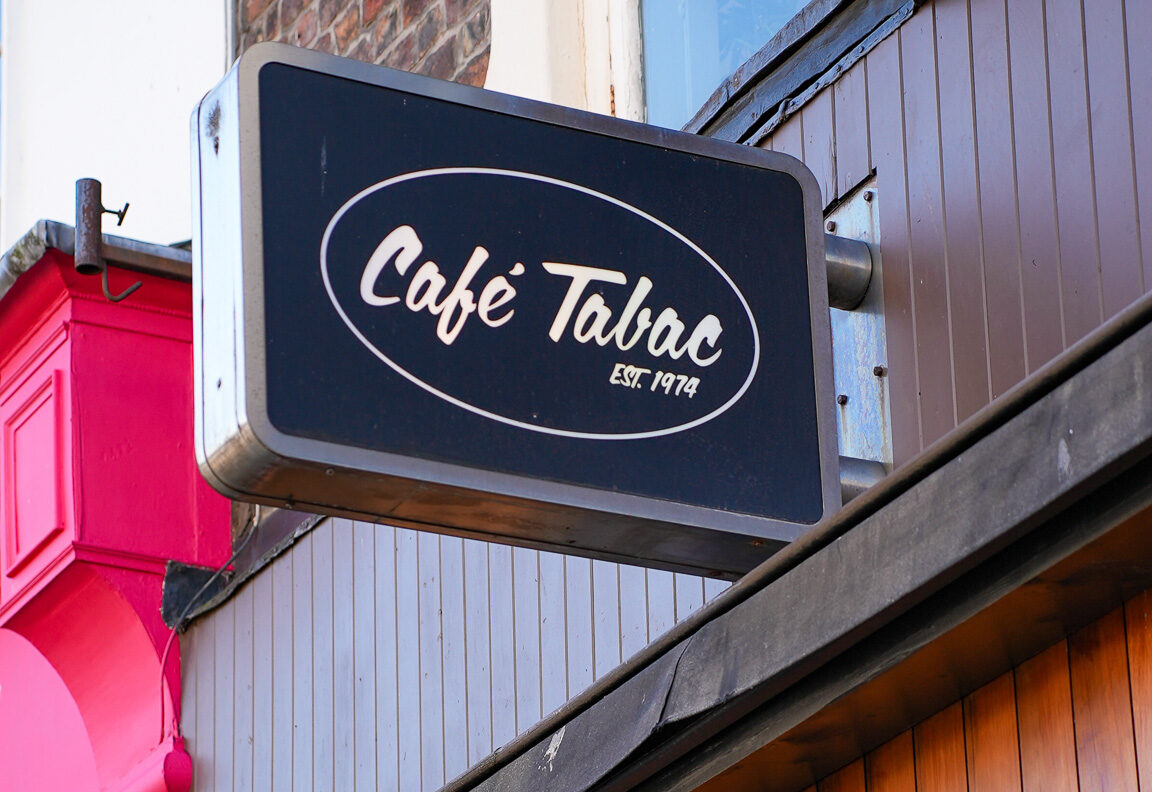
Liverpool News
Families of Hillsborough victims call for improved communication in post-mortem processes
1 year ago
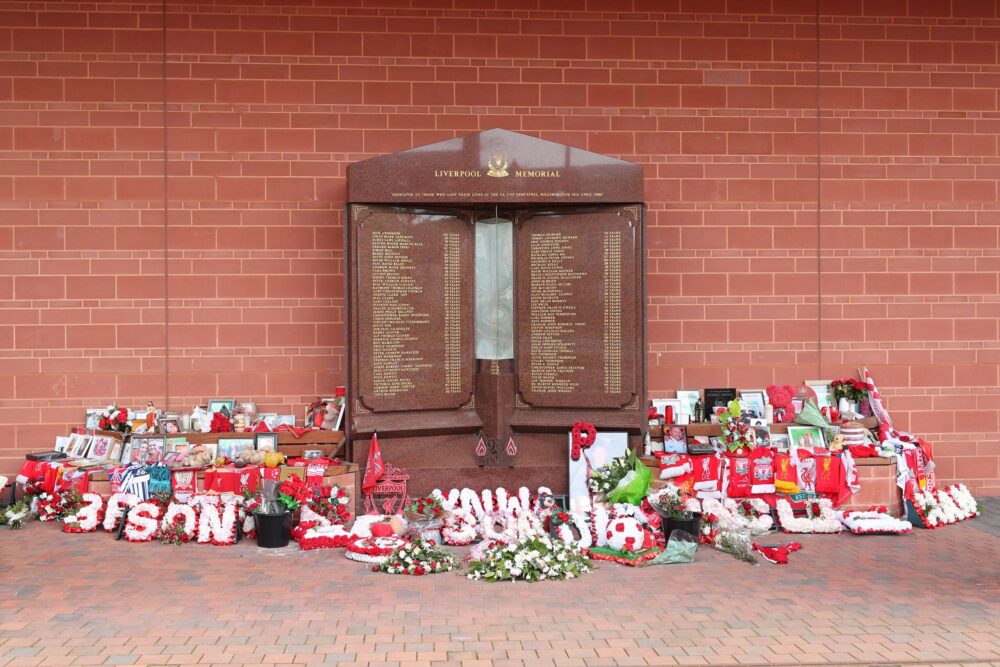
A recent pathology review has highlighted the long delays families of those killed in the Hillsborough disaster and the Manchester Arena bombing endured before being offered face-to-face meetings to discuss post-mortem findings.
A comparison of post-mortem reports from Hillsborough and the 2017 Manchester Arena attack showed progress but experts said more needed to be done.
The review, conducted by forensic science expert Glenn Taylor, emphasises the need for better communication with bereaved families and recommends significant changes in how post-mortem information is shared.
The review found that families of those who died in the Hillsborough disaster in 1989 only had those face-to-face meetings more than 23 years after their loved ones died.
Paul Price, the partner of Elaine McIver, one of the 22 people killed in the 2017 Manchester terror attack, did not meet with the pathologist who carried out her post-mortem until 2023 and the meeting would not have happened if the review had not intervened.
In the report, Mr Taylor, who died in August but had recorded a video message which was played to families before publication, said: “Our initial finding, as soon as we were able to listen to the Hillsborough and Manchester Arena families, was that it is the experience of bereaved families, not just the technical competence of pathologists, which calls for a fresh focus.
“As we have received evidence for our review and listened to both the relevant professionals and families affected, this assessment has resonated throughout: we have moved a long way since 1989 but more still needs to be done.”
His report also recommended a process for informing family members of the existence of post-mortem photographs and images.
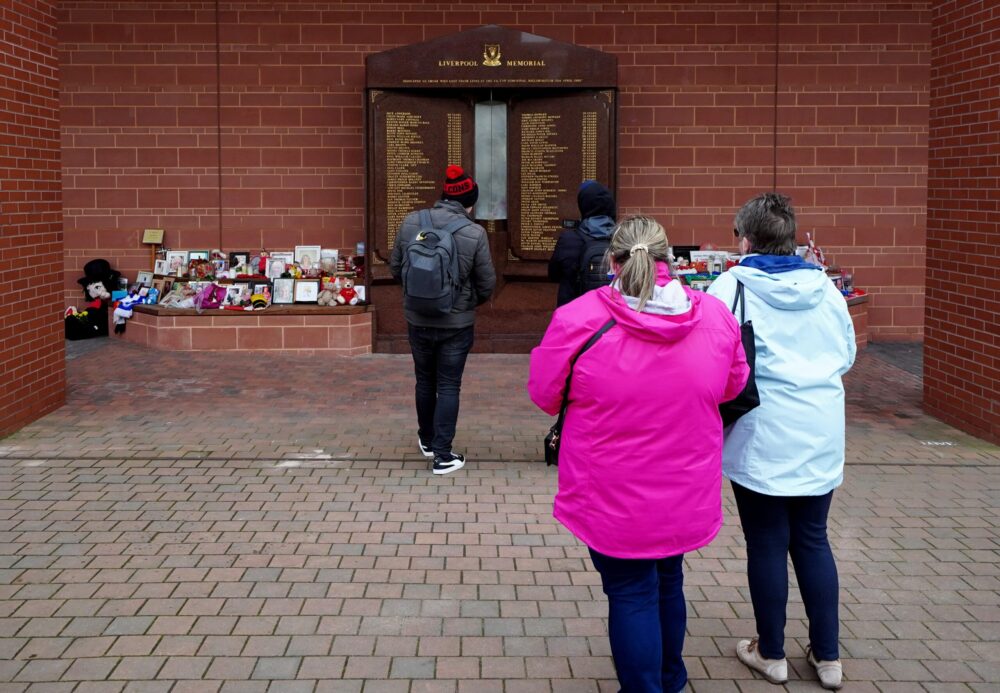
Jenni Hicks, whose daughters Sarah, 19, and Vicki, 15, were among the 97 victims at Hillsborough, told the review she learnt post-mortem images of their genitalia and breasts had been kept on a police computer.
She said: “How undignified and disrespectful for them, and shockingly embarrassing for me. When I later asked how many male police officers had viewed my daughters’ bodies, there was no log to confirm this figure.”
In the review, Hillsborough families said they had been told their loved ones’ bodies were “property of the coroner” following their deaths.
Mr Taylor said: “Families bereaved through the Manchester Arena bombing have not reported to us the use of the phrase ‘property of the coroner’. But the damage caused through any clumsy use of language is very apparent.”
The comparison of post-mortem reports from the Hillsborough disaster and the Manchester Arena attack showed significant progress in the quality and depth of reports, the review found.
The report recommended that survivability was considered as part of forensic post-mortem examinations in mass fatalities where it was likely to be an issue.
It also recommended the number of forensic pathology trainees should be reinstated to eight, from the current number of six, and that there was a need for greater public understanding on the nature of the way pathology is conducted.
In a statement, Home Secretary Yvette Cooper said she had written to the chair of the Pathology Delivery Board to ask that actions identified in the report were taken forward immediately.
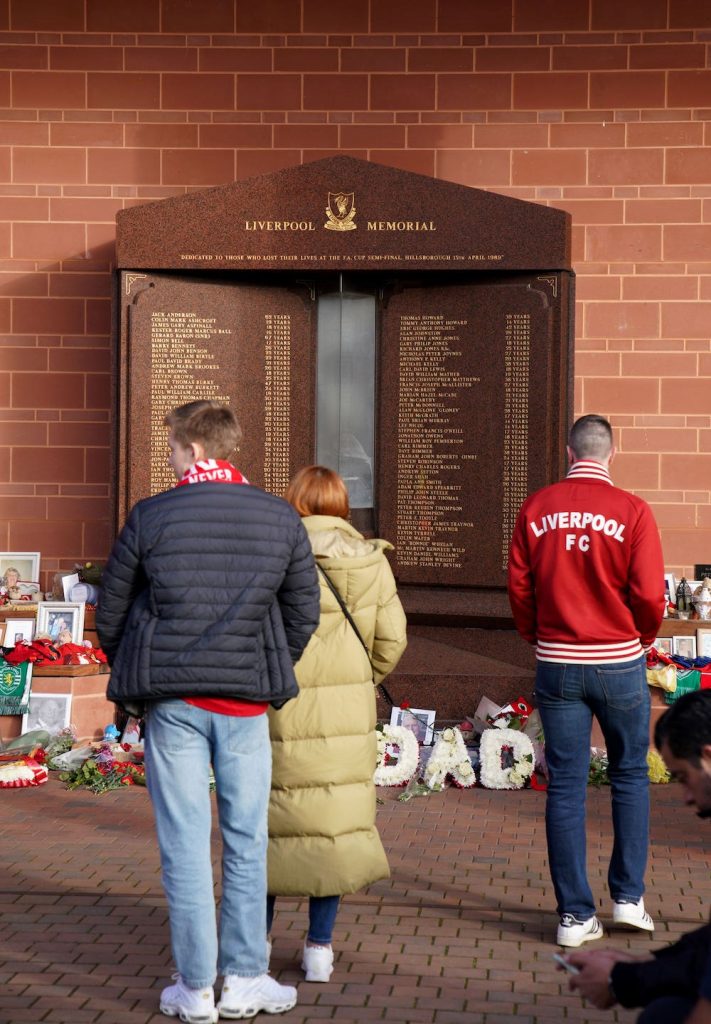
The Home Office announced in 2022 it had established an independent review to consider what went wrong with the original pathology report into the deaths at the 1989 FA Cup semi-final, and ensure similar mistakes were not made in the future.
The announcement initially sparked anger when it emerged families of those who died had not been told about it.
The review was one of 25 recommendations made by former bishop of Liverpool the Right Rev James Jones in his 2017 report The Patronising Disposition of Unaccountable Power.
The Conservative government responded to his report last year and said it had signed up to a Hillsborough Charter, pledging to place the public interest above its own reputation, but stopped short of introducing a “Hillsborough Law” incorporating a legal duty of candour.
In the King’s Speech after Labour was voted into power earlier this year, the Government committed to the legislation.
Ninety-seven football fans died in the crush at the match between Liverpool and Nottingham Forest at Hillsborough stadium on April 15 1989.
Original inquests, which were quashed by the High Court in 2012, heard no evidence from after 3.15pm on the day of the disaster.
The decision was based on pathology evidence that all the victims suffered the injuries which caused their deaths before that time.
However, the Hillsborough Independent Panel found the evidence was flawed and it was highly likely what happened after 3.15pm – the time when the first ambulance arrived on the pitch – was significant in determining whether the victims could have survived.








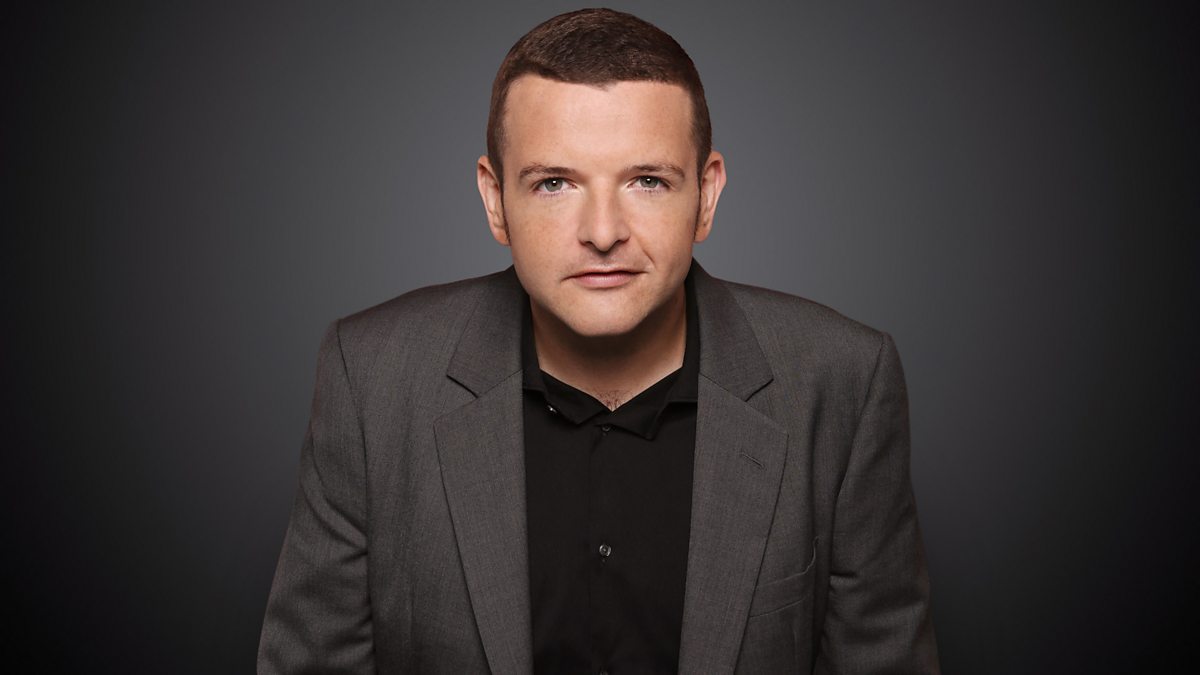

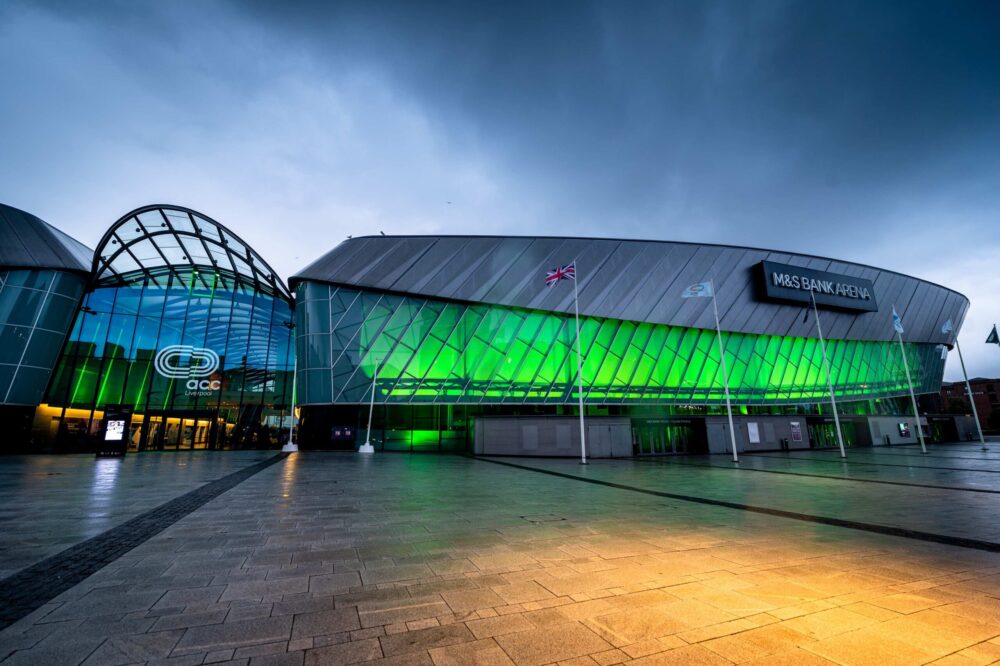
 Subscribe
Subscribe Follow Us
Follow Us Follow Us
Follow Us Follow Us
Follow Us Follow Us
Follow Us











